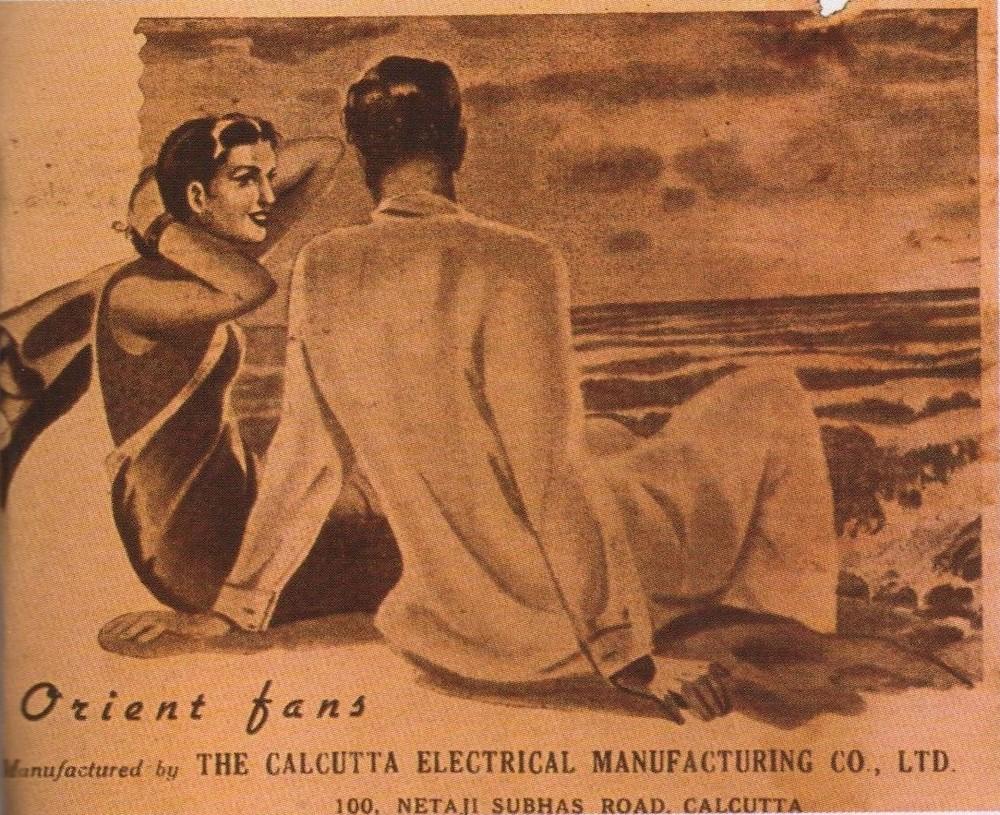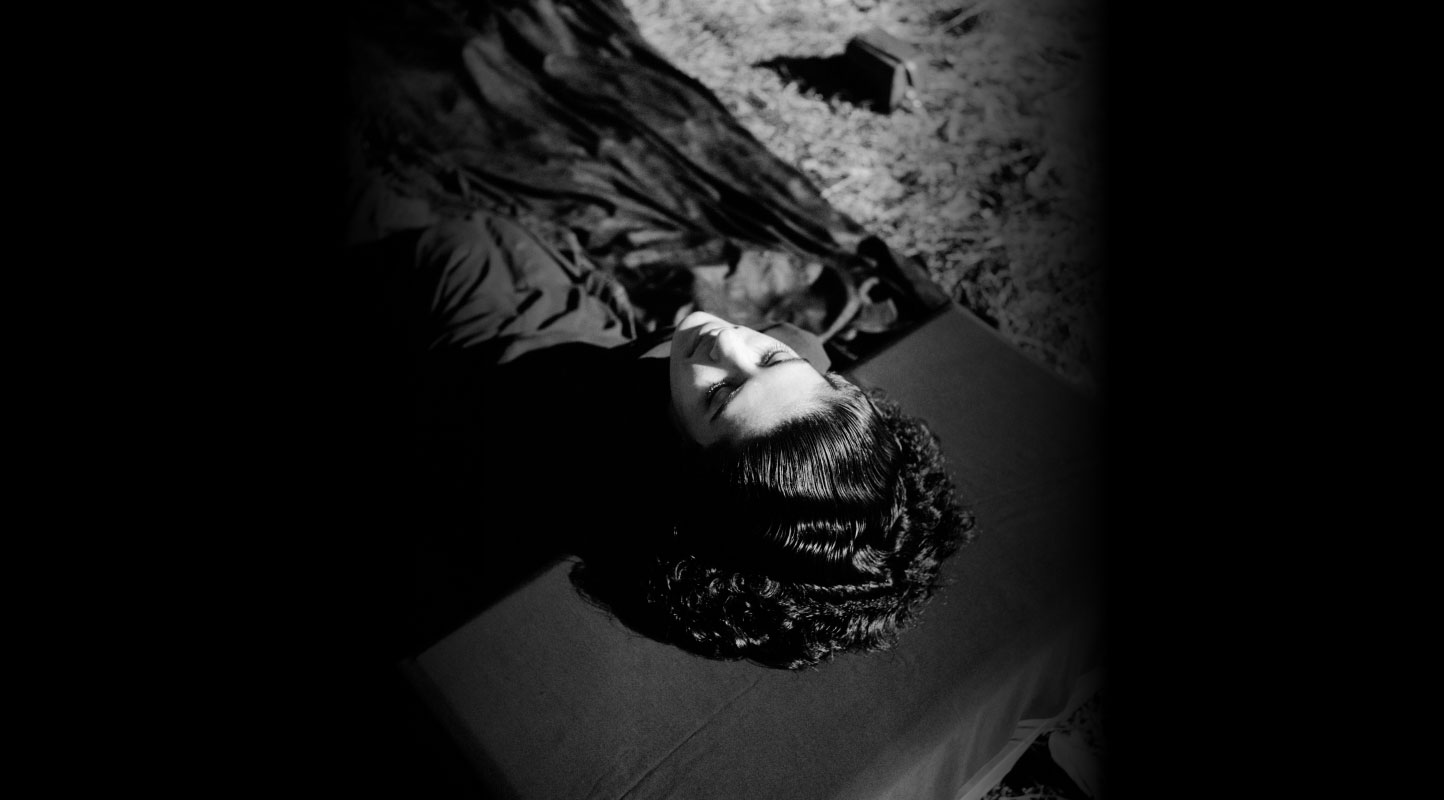Print Advertising in Colonial Bengal: A Visual Lexicon of Commodity Cultures
Print culture in Bengal has its genesis in the colonial period in the mid nineteenth-century, where it found articulation in book illustrations, cover designs, advertisements, labels, posters and other publicity products. Propelled by institutions such as the Government School of Art, Calcutta, advertising became a lucrative source of livelihood for many artists. This period also coincided with the rise of nationally circulating newspapers addressed to the rapidly expanding urban middle class, who were the main clientele of the products marketed by the unorganised sector of print advertising, and subsequently, corporate agencies. The advertisements were initially seen in journals like Prabashi and Bharatbarsha, and newspapers like Jugantar and Ananda Bazaar Patrika. They gradually transformed in size and style, and were soon seen as labels, covers and street hoardings. From everyday items of use to new technologies and articles of luxury, print advertisements cumulatively constitute a visual archive of consumption patterns in colonial Bengal.
The notion of leisure among middle class lives in erstwhile Calcutta during said era unfolded through commodity advertisements that persisted in their ubiquity despite (as well as with) the wider tectonic shifts taking place politically. The colonial city of Calcutta was advertised as a site for tourism, followed by the railways that enabled migration to the city (thereby encouraging social mobility), and air travel that promised a place of prestige in social circles. The products advertised ranged from food items, tea, textiles, cosmetics and automobiles to gramophone records, theatre and films. With increasing demands for independence from the British Empire around the middle of the century, the advertisements gained a nationalist ethos that was then used to prescribe an alternative pattern of consumption. With the wide range of subsequent sociocultural shifts, they were thus contrived continuously to encourage established or emerging desires of the consumer. This resulted in a rich repertoire of visual material that can be retrospectively decoded or arranged in chronology to study this historical bracket.
In this curated collection of images from the publication, The City in the Archive: Calcutta’s Visual Histories, based on the eponymous exhibition from 2019 (edited and curated respectively by Prof. Tapati Guha-Thakurta), the trajectory of print advertisements from the early to late twentieth-century is explored in the language of archival documentation. The archival collections belong to the Centre for Studies in Social Sciences, Calcutta (CSSSC).
Click on the image to view the album





